I am working with this circuit:
I am using a snubberless triac (BTA216X) and hence I am getting rid of snubber circuit (39 ohm res and 0.01 uF cap circled in red). Am I right in doing so?
Besides this, can I get rid of 330 ohm resistor circled in blue? As per my understanding, it works like a pull down resistor but I have seen some comparable circuits not using this resistor.
How critical is this component and what problems might occur if I don't use it?

